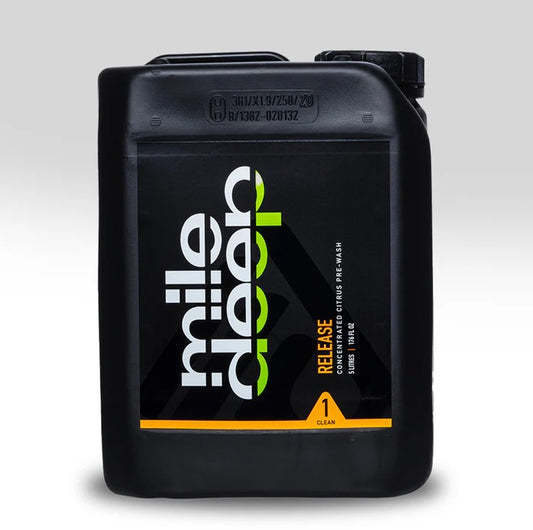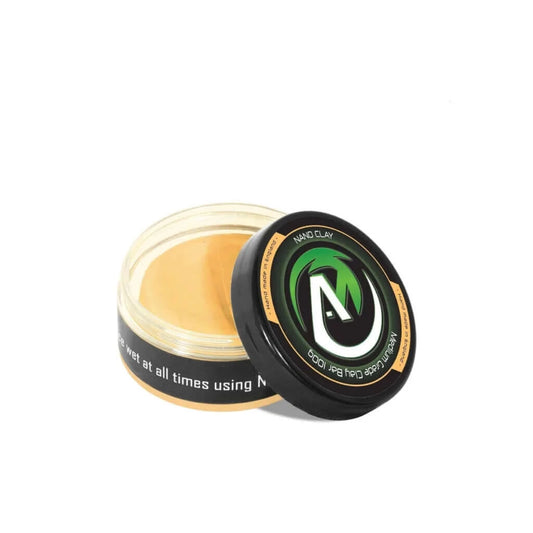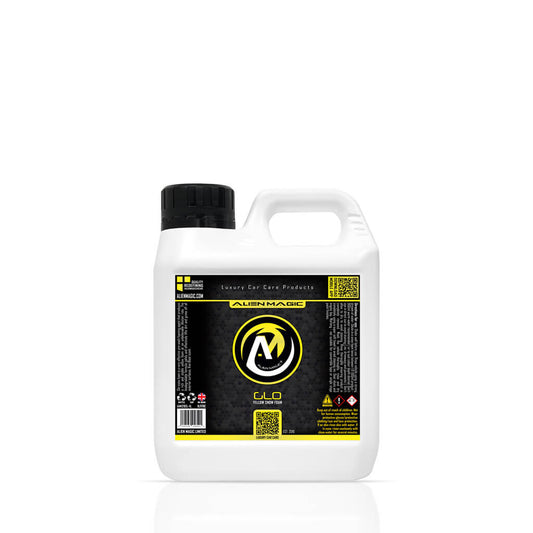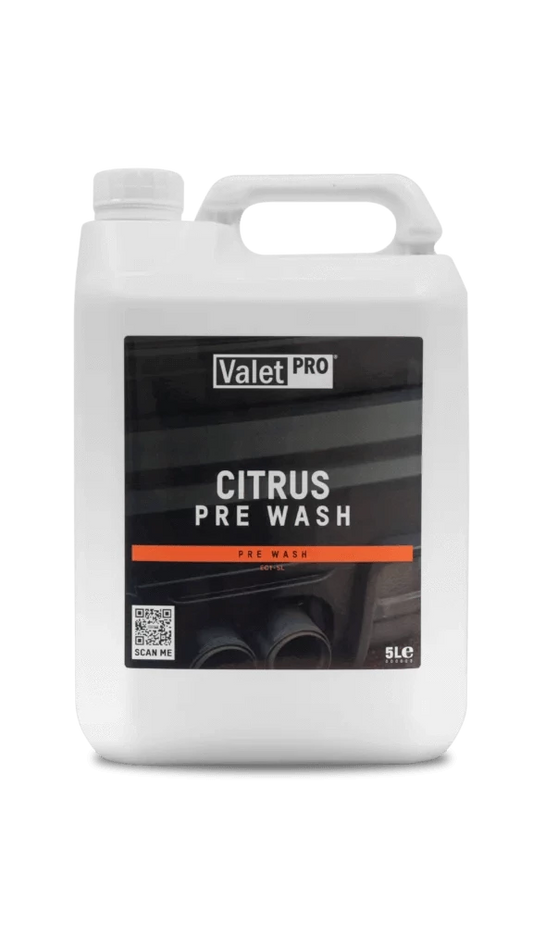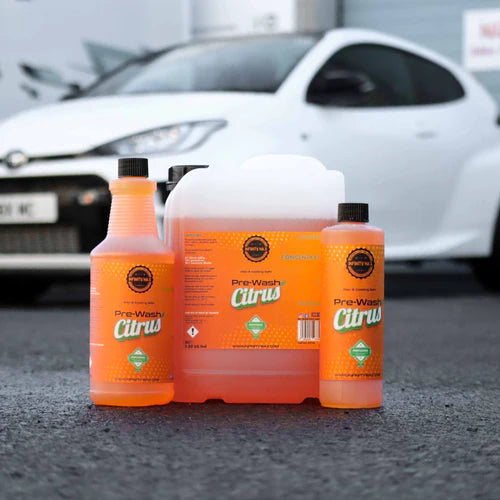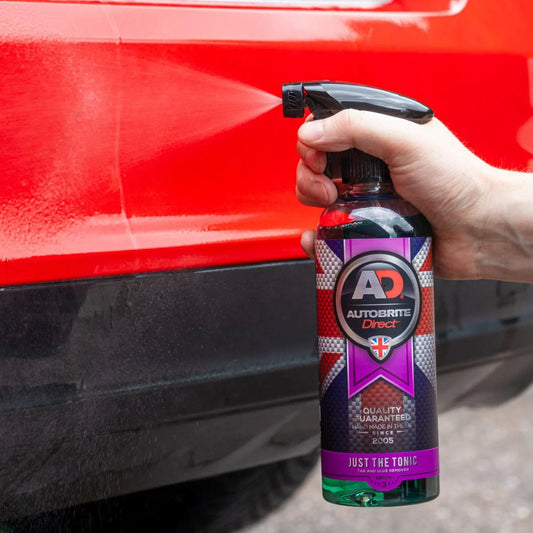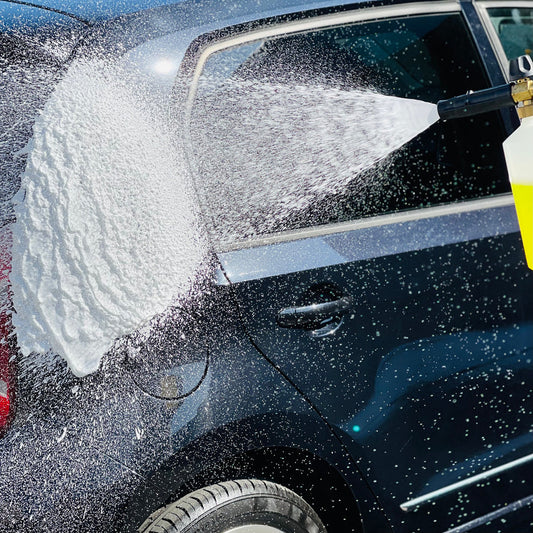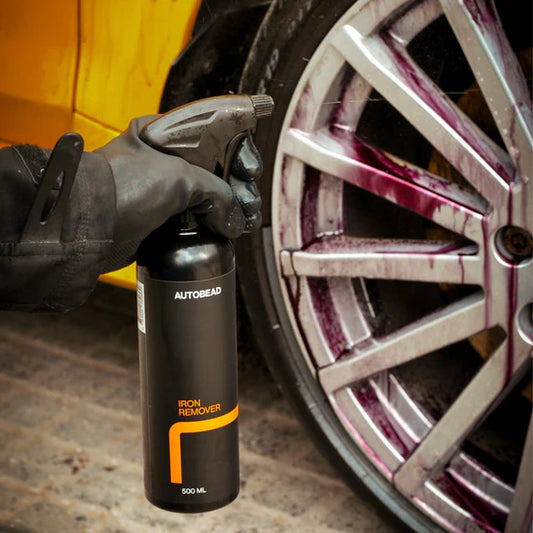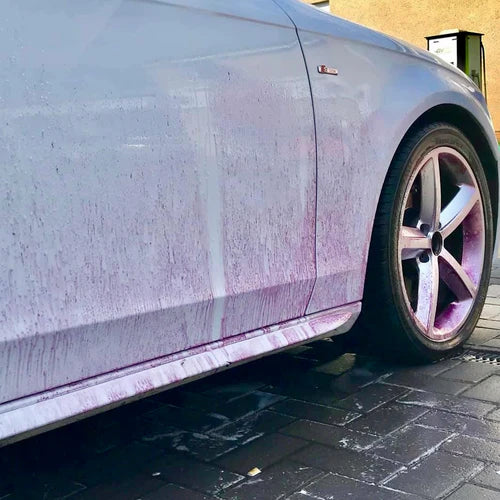-
Duel Autocare | Nitty Gritty Pre Wash & Degreaser
Regular price From £9.95 GBPRegular priceUnit price per -
Infinity Wax | Incinerate Wheel Cleaner
Regular price From £9.99 GBPRegular priceUnit price per -
Autobead | Heavy Dirt Pre-Wash 1 Litre
Regular price £12.95 GBPRegular priceUnit price per -
Bilt Hamber | Surfex HD High Powered Water Based Degreaser 1 Litre
Regular price £11.50 GBPRegular priceUnit price per -
Mile Deep | Release Concentrated Citrus Pre Wash
Regular price From £8.00 GBPRegular priceUnit price per -
Alien Magic | Nano Clay Bar 100g
Regular price £9.99 GBPRegular priceUnit price per -
Autobead | Glue & Tar Remover 5 Litres
Regular price £24.95 GBPRegular priceUnit price per -
Alien Magic | Glo Yellow Coloured Snow Foam
Regular price From £11.95 GBPRegular priceUnit price per -
Soft99 | Surface Smoother Clay Bar 100g
Regular price £10.95 GBPRegular priceUnit price per -
ValetPRO | Citrus Pre Wash
Regular price From £9.95 GBPRegular priceUnit price per -
Infinity Wax | Citrus Pre Wash
Regular price From £8.99 GBPRegular priceUnit price per -
VP | Decon-It Fallout Remover
Regular price From £8.95 GBPRegular priceUnit price per -
Autobrite Direct | Just The Tonic Tar & Glue Remover 500ml
Regular price £12.00 GBPRegular priceUnit price per -
Infinity Wax | Wipeout Snowfoam 500ml
Regular price £8.99 GBPRegular priceUnit price per -
Autobead | Iron Remover
Regular price £10.95 GBPRegular priceUnit price per -
Infinity Wax | Liquid Fire Iron Fallout Remover
Regular price £9.99 GBPRegular priceUnit price per
Car paint decontamination is a process used to remove contaminants that have bonded to the surface of the vehicle's paint, which can't be removed through regular washing. These contaminants can include things like road tar, tree sap, industrial fallout, brake dust, iron particles, and other pollutants. If left untreated, these contaminants can deteriorate the paint's finish and cause long-term damage. Decontamination is an essential step in maintaining the appearance and integrity of your vehicle's paint.
There are several methods and tools for decontaminating car paint, including:
- Clay Bar: A clay bar is a specially formulated piece of clay that, when used with a lubricant, glides over the paint's surface to remove bonded contaminants. The clay bar grabs onto the contaminants, pulling them away from the paint. This method is effective but requires proper lubrication to prevent scratching the paint.
- Iron Fallout Removers: These products are designed to dissolve and remove iron particles that have embedded themselves in the paint. They often change color as they react with iron particles, making it clear that the product is working. Iron fallout removers are especially useful for removing tiny rust spots.
- Tar and Adhesive Removers: These products are formulated to dissolve and remove sticky substances like road tar, adhesive residue, and tree sap. They are applied to the affected area and then wiped away.
- Clay Mitt or Nanoskin Sponge: These are alternatives to traditional clay bars. They are designed to be more durable and may cover larger areas in a single pass. Like clay bars, they need to be used with lubrication.
- Mechanical Decontamination Tools: Some decontamination tools use mechanical action to remove contaminants, such as random orbital polishers equipped with specific decontamination pads. These tools can provide more effective results but should be used carefully to avoid damaging the paint.
The general process of car paint decontamination involves these steps:
- Wash the Car: Start with a thorough car wash to remove loose dirt and debris. This will prepare the surface for the decontamination process.
- Choose the Method: Depending on the type and severity of contamination, choose the appropriate decontamination method or combination of methods.
- Lubricate: Always ensure proper lubrication when using clay bars, clay mitts, or other decontamination tools to prevent scratching the paint. Use a dedicated clay bar lubricant or a soapy water solution.
- Work in Sections: Divide the car into manageable sections and work on one section at a time. Apply the chosen decontamination product and use the tool as instructed.
- Inspect and Repeat: After decontaminating a section, inspect the paint to see if the contaminants have been effectively removed. Stubborn contaminants might require additional passes.
- Rinse and Dry: After decontaminating the entire vehicle, thoroughly rinse the car to remove any residue from the decontamination process. Dry the car using a clean, soft microfiber towel.
- Optional Polishing: If the paint's finish has minor imperfections or swirl marks, you might consider polishing the paint to restore its shine. However, polishing is a separate step from decontamination.
By regularly performing paint decontamination, you can maintain the integrity of your car's paint, ensure a smooth and clear finish, and enhance the overall appearance of your vehicle.








